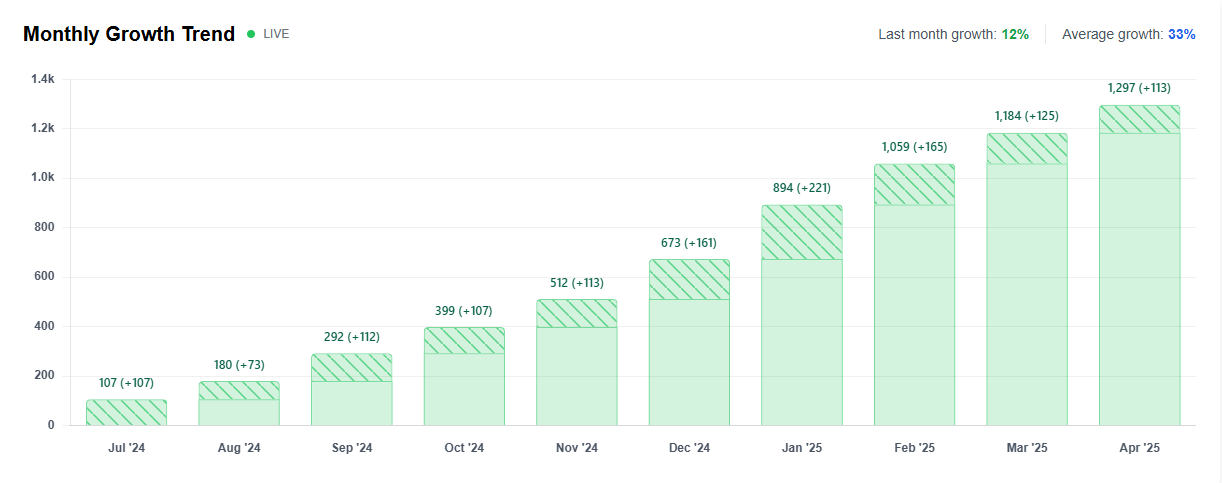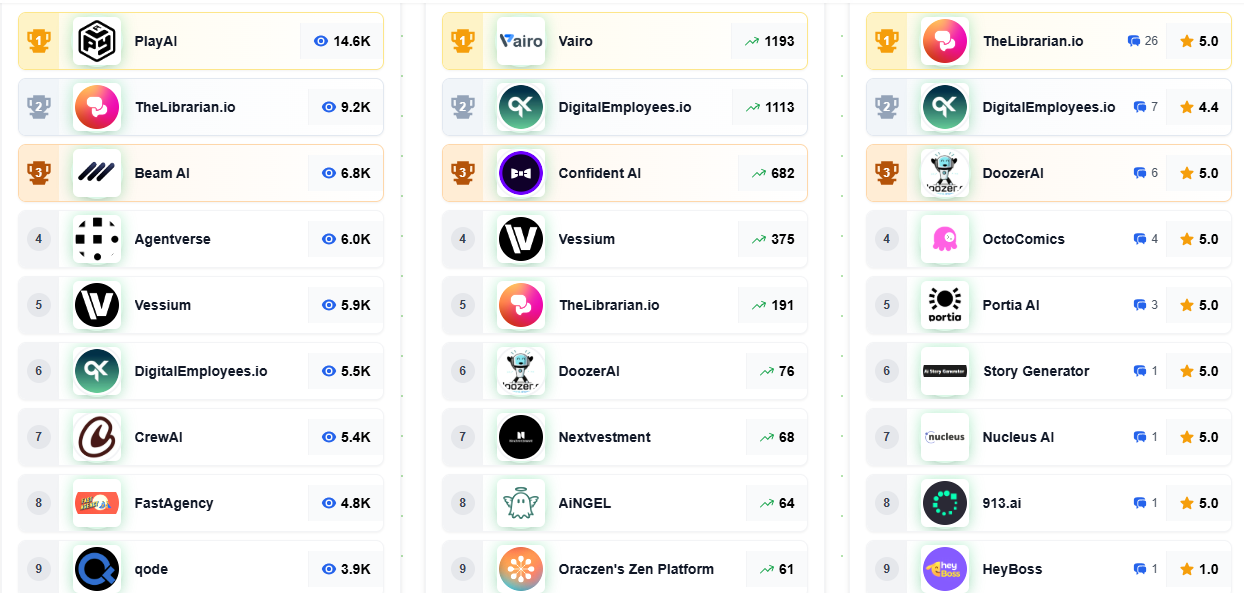President Trump is again urging lower interest rates after bullish US employment data. Some analysts are hopeful that new rate cuts will generate positive momentum for Bitcoin.
However, there are no signs that Powell will change his mind. If anything, it’s even less likely. Tariffs could cause unprecedented chaos, and the economy doesn’t need rate cuts to survive right now.
Can Trump Compel Cuts to US Interest Rates?
Earlier today, the US Bureau of Labor Statistics released its latest jobs report, which seems quite bullish in the face of recession fears.
Total nonfarm payroll employment increased by 177,000, far outperforming expectations, while unemployment remained steady and wages went up. This prompted President Trump to ask once again for cuts to the interest rate:
President Trump has repeatedly asked Federal Reserve Chair Jerome Powell to cut interest rates. The crypto industry has also heavily advocated for such a move, which would encourage investment in risk-on assets.
However, both Powell and other Fed higher-ups have been very clear that tariffs are too unpredictable to allow further rate cuts.
Powell’s position has been very consistent. Tariffs could severely damage the economy, and the Federal Reserve needs to keep its powder dry to stave off future collapse. If it cut rates after bullish news, the Fed would have one less potential tool in the event of a real crisis.
Trump even threatened to fire Powell over the rate cut issue, but relented after the markets panicked. He cannot legally fire Powell; ousting such a prominent regulator would undoubtedly cause chaos.
After the jobs report came out, the market anticipated fewer rate cuts, and the CME reported that an adjustment in May is virtually impossible.

To put it bluntly, there is a very low chance that Trump will get his desired rate cuts soon. Justin Wolfers, an economist at the University of Michigan, explained why the bullish report actually makes rate cuts less likely:
“I’m almost certain that the Fed remains on hold at its next meeting. The real economy (so far) is strong enough to not warrant a rate cut. And the big questions are all just over the horizon. Powell has been clear: He doesn’t want to guess what’s over that horizon, he wants to wait & see. The report is absolutely legit. White House interpretations are a different issue,” he said.
President Trump wants these rate cuts, but can’t force the issue without causing bigger problems. Because the tariffs are so chaotic and unpredictable, false rumors have moved the crypto market on several recent occasions.
Traders should remain cautious around speculation that seems too good to be true.
The post Trump Urges Rate Cuts Amid Positive Labor Market Signs – Bullish for Crypto? appeared first on BeInCrypto.





 Why is
Why is 
 Binance Alpha volumes collapsed = whales & bots dominate
Binance Alpha volumes collapsed = whales & bots dominate

